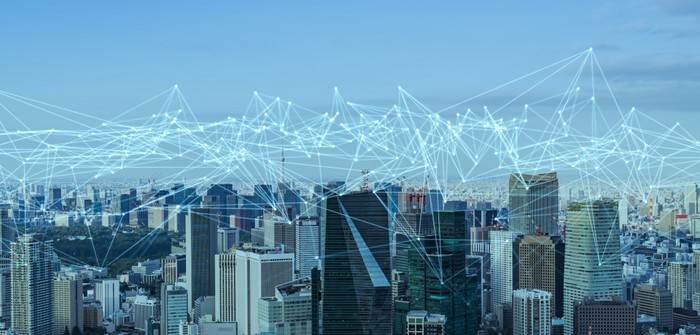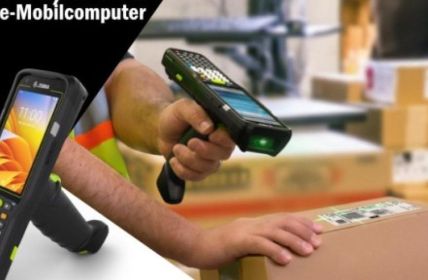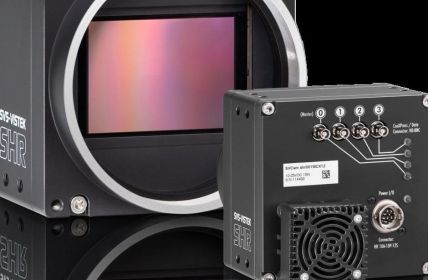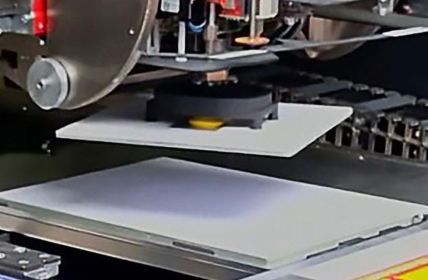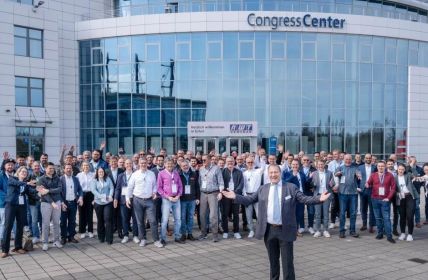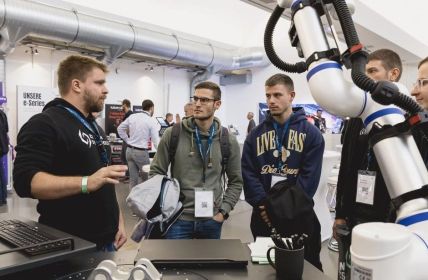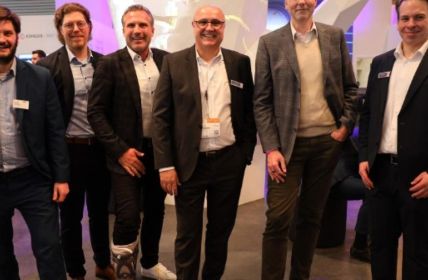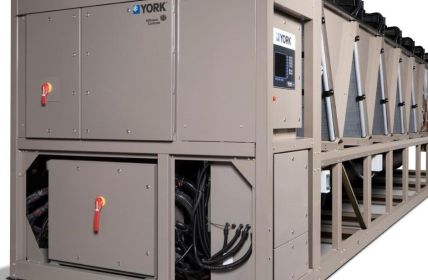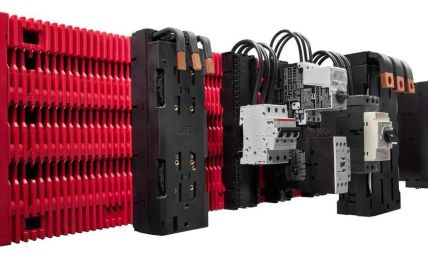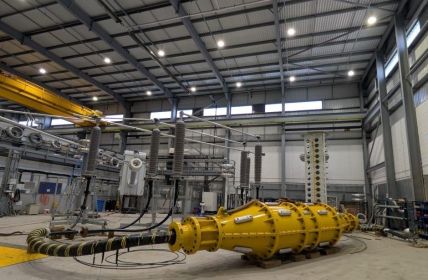Austria’s leading telecommunications providers Drei and SPL TELE plan to complete the first Austria-wide LoRaWan network for IoT by the end of 2022. The goal is to strengthen the competitiveness of the domestic economy by installing a complement to the Internet of Things. The LoRaWAN network is intended to provide energy companies, property managers and sensor producers with fast, low-energy connections in the same way as startups, municipalities and cities.
Table of Contents: What awaits you in this article
LoRaWAN: autonomous transmitter of smallest data volumes
The Internet of Things is already networking billions of IoT-enabled devices with each other, renewable energy sectors and parts of the healthcare system as well as industrial machinery and household appliances. However, a regular supply of all these connections would sooner or later overtax the power grid and massively hinder the further expansion of this technology. Alternative power sources have therefore been sought for some time, and the “Long Range Wireless Access Network” seems to be able to provide the appropriate answers.
The characteristic feature of LoRaWAN is the transmission of very small amounts of data several times per hour, independent of the power grid, which in turn requires only the smallest amounts of energy. For the continuous stream at low frequencies, e.g., of maintenance and diagnostic data from devices to networks, battery-powered sensors are completely sufficient.
LoRaWAN: high ranges at low costs
The military and the space industry worldwide have relied on the technical basis underlying LoRaWan for decades. The reasons for this are manifold. On the one hand, due to the simple protocol, high ranges can be realized with low energy consumption. On the other hand, high building penetration is guaranteed, while at the same time being highly robust against interference.
Individual LoRaWAN relays are capable of handling the data traffic for individual cities and entire regions. At the same time, they cause only low operating costs, as they usually draw their energy from very long-lasting batteries. Drei and SPL TELE specify a service life of at least ten years for the small storage units of their sensor technology.
LoRaWAN: Fields of application
LoRaWAN networks lay the foundation for the emergence of new economies through their fast and optimized data transmission. The development of smart cities and facilities, intelligently managed agriculture and environmental protection, and the operation of machine-to-machine systems would hardly be conceivable without them in the long term. Everyday services can thus be made much more efficient and resources saved.
Automated maintained machines, for example, can continuously report their performance and technical condition to monitoring stations, thus preventing sudden breakdowns. Customers enable accurate and effortless reporting of their electricity, water and heat consumption to utilities through smart readers. Municipalities are able to view real-time parking occupancy or recycling station utilization. And building owners can have their indoor air quality recorded to help prevent Covid 19 infections.
Drei: IoT full-service provider
Austria’s market leader for telecommunications services Drei has the strongest LTE network in the country, with coverage of almost 100 percent. In 2019, the company established the first contiguous 5G standalone network in the Alpine Republic. Together with Narrowband Internet of Things technology (NB-IoT), Drei can offer its customers a product range of IoT solutions based on it.
SPL TELE: Custom-fit solution provider
The all-in-one supplier of telecommunications infrastructure SPL TELE is already the market leader in its segment in Austria. In addition, it also offers customer-specific services in logistics, e-mobility, photovoltaics and smart cities


